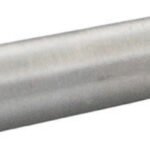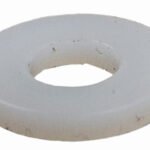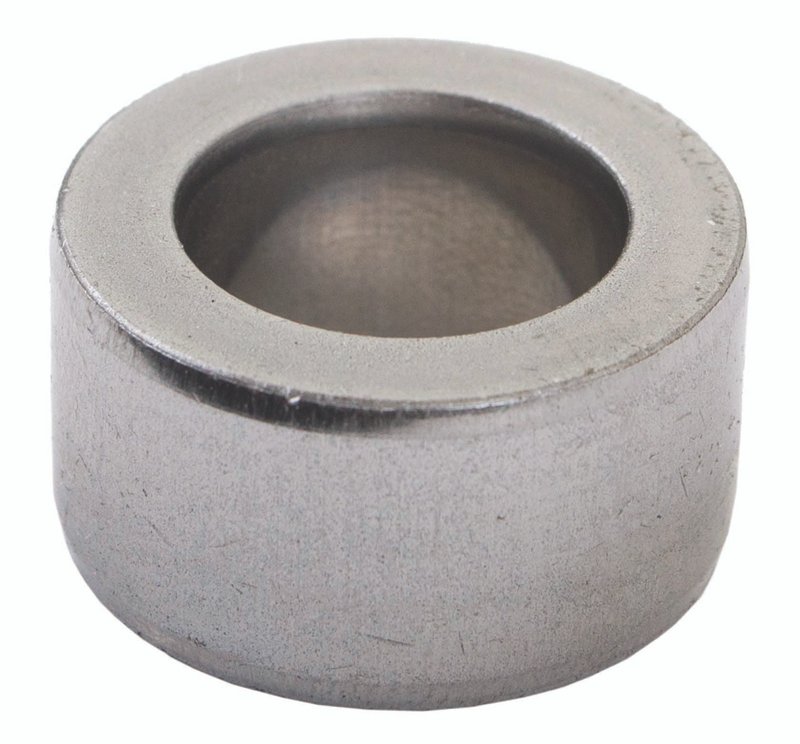
KEY
March 20, 2024
WASHER
March 30, 2024
Description
- Function: The primary function of a sleeve is to provide protection, support, or alignment to other components within a mechanical system. It acts as a covering or enclosure, enclosing and securing parts together, or as a spacer to maintain proper alignment and spacing between parts.
- Design: Sleeves are cylindrical in shape and are usually hollow, with an inner diameter that allows them to slide over the shafts, bolts, or other components. They can vary in length, diameter, and wall thickness, depending on their intended application and the requirements of the assembly.
- Materials: Sleeves are commonly made from metals such as steel, aluminum, brass, or stainless steel, as well as non-metal materials like plastic, nylon, or rubber. The choice of material depends on factors such as strength, corrosion resistance, weight, and thermal conductivity.
- Applications: Sleeves are used in a wide range of applications across industries such as automotive, aerospace, machinery, electronics, and construction. They can be found in assemblies where protection, support, or alignment is needed, such as bearings, bushings, couplings, and spacers.
- Installation: Sleeves are typically installed by sliding them over the component they are intended to cover or connect. They may be secured in place using methods such as press-fitting, adhesive bonding, or mechanical fastening, depending on the specific requirements of the assembly.




